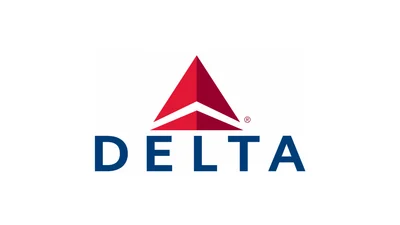During World War II, the United States saw its aircraft manufacturers become key contributors to the Allied war effort through large-scale production and specialization. Companies such as Boeing, Douglas, North American Aviation, Consolidated-Vultee, Lockheed, Curtiss-Wright, and Republic each played significant roles by focusing on specific types of aircraft and ramping up output to unprecedented levels.
The American aerospace industry collectively produced over 300,000 military aircraft during the conflict. Production rates soared as industrial mobilization took hold; for example, monthly output of the B-17 bomber increased from 60 units in 1942 to 362 units in 1944. Douglas built nearly 30,000 planes between 1942 and 1945. Consolidated delivered almost 20,000 B-24 bombers alone. The industry’s scale also drew in companies outside aviation—Ford Motor Company notably manufactured B-24 Liberators at its Willow Run plant.
Consolidated Aircraft Corporation was established in Buffalo in 1923 by Reuben H. Fleet and later merged with Vultee Aircraft to form Consolidated-Vultee Aircraft Corporation. In 1942, they opened a mile-long factory on what is now Carswell Air Force Base in Fort Worth, Texas—a facility known locally as the “Bomber Plant.” According to the Texas State Historical Association, up to 38,000 people worked there at one time, including many women. The company produced trainers like the BT-13 Valiant—essential for preparing aircrews—as well as PBY Catalina seaplanes and C-87 cargo planes derived from the B-24 airframe.
 Alerts Sign-up
Alerts Sign-up





































